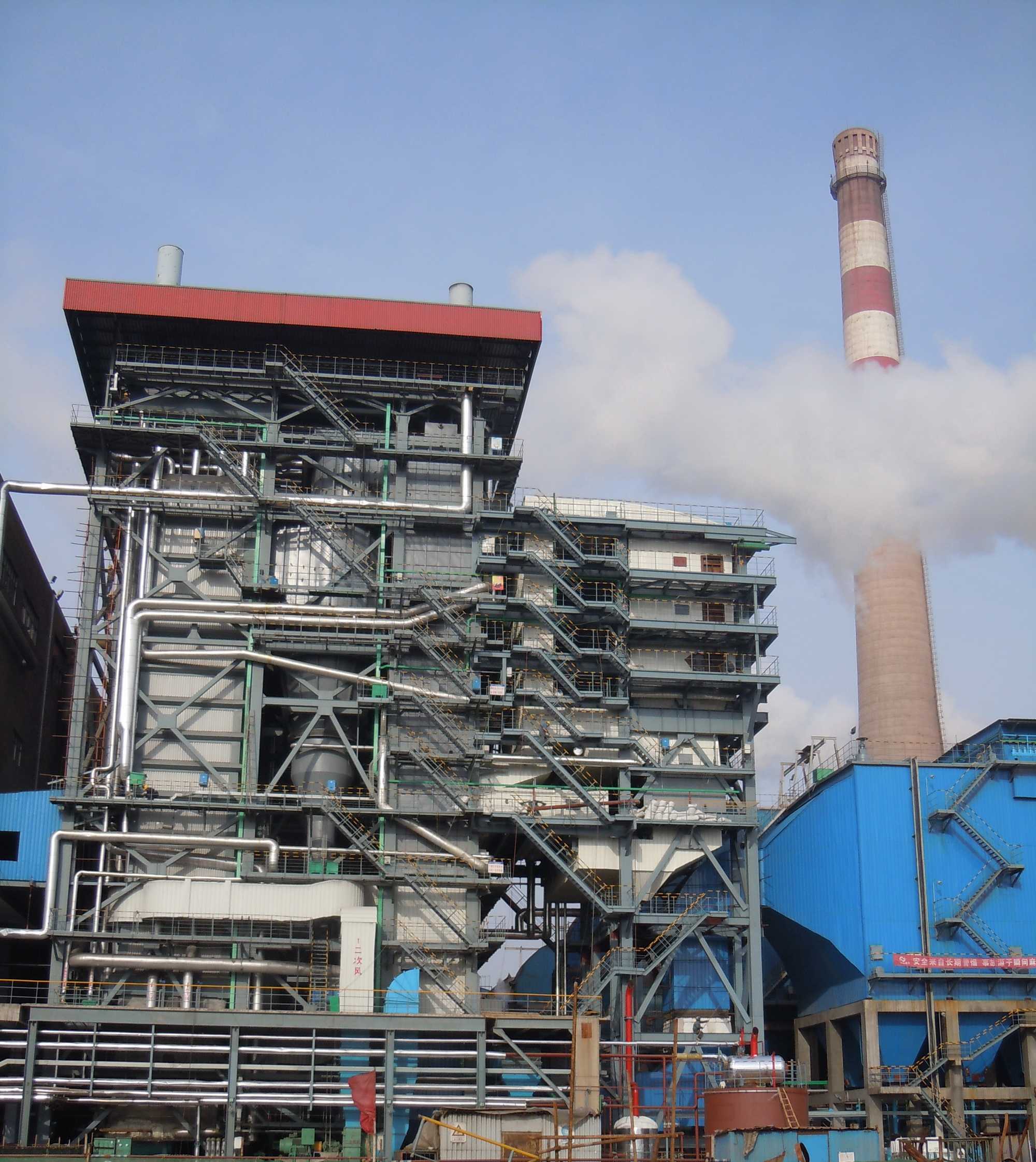SCR Denitration
Most of the catalysts used in SCR use TiO2 as the carrier, with V2O5 or V2 O5-WO3 or V2O5-MoO3 as the active ingredient, and are made into three types: honeycomb, plate or corrugated.
SCR denitration design requirements
The SCR process is adopted, and the denitrification process should be suitable for the fuel conditions determined by the project, and the possibility of changes in fuel sources and the possibility of increased environmental protection requirements should be considered;
Use 20% ammonia water as the denitration reducing agent;
The control system of the flue gas denitration device can enter the host control system;
The flue gas denitration efficiency is 90%;
The availability rate of the denitrification device is not less than 98%, and the service life is 15 years;
Adopting mature SCR process technology, the equipment runs reliably;
Minimize the construction investment of the denitrification device according to the actual situation of the project;
The denitration process consumes less denitration reducing agent, water and energy, and minimizes operating costs;
The flue gas denitrification should not affect the power and normal operation of the unit. At the same time, the flue gas denitrification system should have the requirements for independent operation and independent maintenance;
We have completed the design, manufacturing, installation, commissioning, test and inspection, trial operation, assessment, and final delivery of the denitration system.
Reaction principle
The full name of SCR is Selective Catalytic Reducation. The catalytic reduction method uses a reducing agent such as ammonia or urea to reduce NOx (NO, NO2) in the exhaust gas at a certain temperature through the action of a catalyst, and convert NOx into non-polluting element molecular nitrogen (N2), NOx and ammonia The reaction of Qi is as follows:
4NO + 4NH3 + O2 → 4N2 + 6H2O
6NO2+8NH3→7N2+12H2O
The SCR system includes a catalyst reactor, a reducing agent preparation system, an ammonia injection system and related test control systems. The core devices of the SCR process are the catalyst and the reactor. There are two types of layouts: horizontal and vertical. Generally, the vertical type is more adopted.
SCR reactor body
According to the flue gas flow direction, the SCR reactor body can be divided into an ammonia injection section, a mixing section, a flow equalizing section, and a reaction section. SCR denitration efficiency is related to the following factors: catalyst quality; reaction temperature; residence time; ammonia-nitrogen ratio; the uniformity of ammonia and flue gas mixing; the uniformity of flue gas distribution in the SCR reactor.
In order to achieve higher denitration efficiency, the above factors must be considered when designing each functional section, and the design of each link is optimized. In this project, the temperature of the flue gas entering the SCR system is designed to be 300-400°C.
The flue gas flow above the vertical SCR reactor needs to be rotated by 90°. The front flue of the homogenizer is not only short, but also has multiple local components that affect the gas flow. The installation space of the flow homogenizer is small. In order to make the flue gas entering the catalyst layer evenly distributed, the flow homogenizer adopts the form of baffle and flow-sharing grid plate. The baffle plate and grid plate are designed according to the results of CFD numerical simulation calculation. Ensure the uniformity of the flue gas flow rate entering the catalyst layer σ<0.2.
catalyst
Currently, the commonly used catalyst forms are mainly honeycomb type and plate type. A honeycomb type is a catalyst form with a high market share at present. It is characterized by high catalyst activity per unit volume and a small volume of catalyst used to achieve the same denitration efficiency. It is suitable for flue gas environments with ash content less than 30g/m3 and low ash viscosity.
The market share of plate catalysts is second only to honeycomb catalysts. The plating catalyst uses a metal plate mesh as the framework and has a small specific surface area. The characteristics of this kind of catalyst are: it has strong anti-corrosion and anti-clogging characteristics and is suitable for flue gas environments with high ash content and strong ash viscosity. The disadvantage is that the catalyst activity per unit volume is low, the relative load is high, the volume is large, and many steel structures are used.
SCR recommends a vertical structure. Three layers of catalysts can be arranged from top to bottom in the SCR body. The three-layer catalyst adopts a 2+1 configuration. The two-layer catalyst is initially arranged, and the position for an additional layer of catalyst is reserved. The first layer is for the catalyst to pass through. The long-term operation will reduce the denitrification efficiency and fail to meet the emission requirements. A layer of catalyst can be installed in the reserved position.
The selection of catalysts and reaction time are the main factors affecting denitration efficiency. To ensure successful implementation, the catalysts that have been successfully applied are used. The number of catalysts is designed in strict accordance with the manufacturer's requirements, and the margin is properly considered. The service life of the catalyst is 24,000 hours.
For more questions please contact
Email: nick@palmaryeco.com
Phone & Whatsapp: +8618961977750
We will reply as soon as possible.


